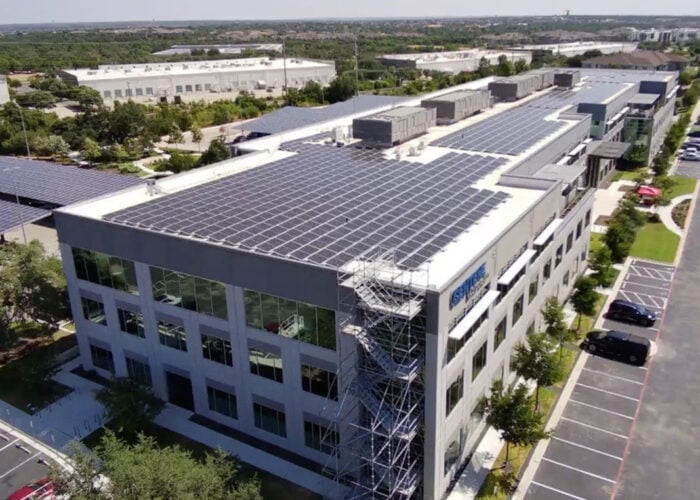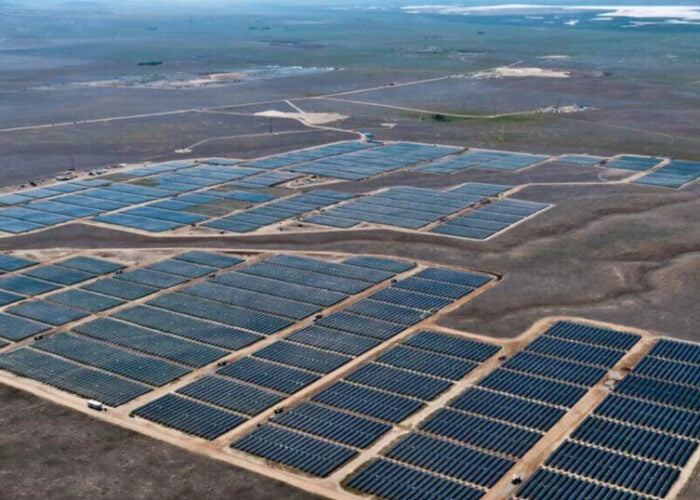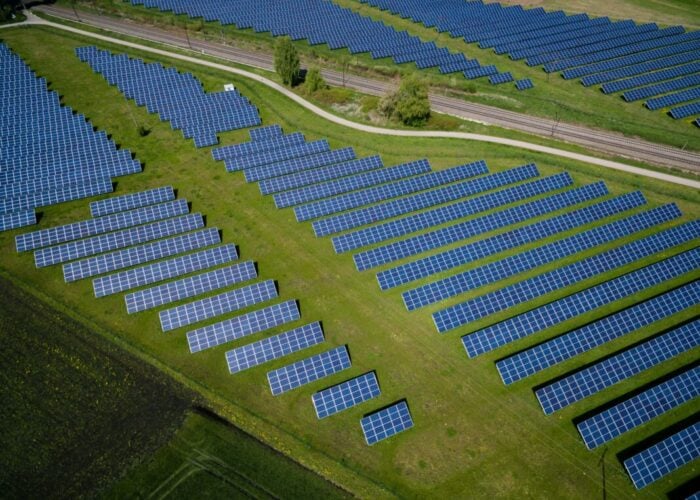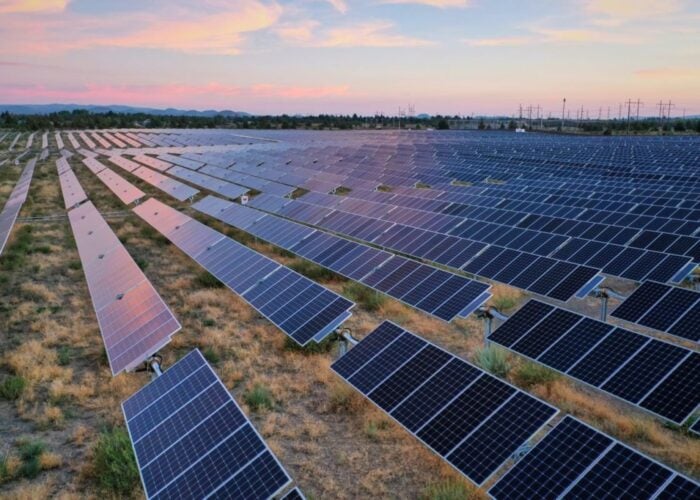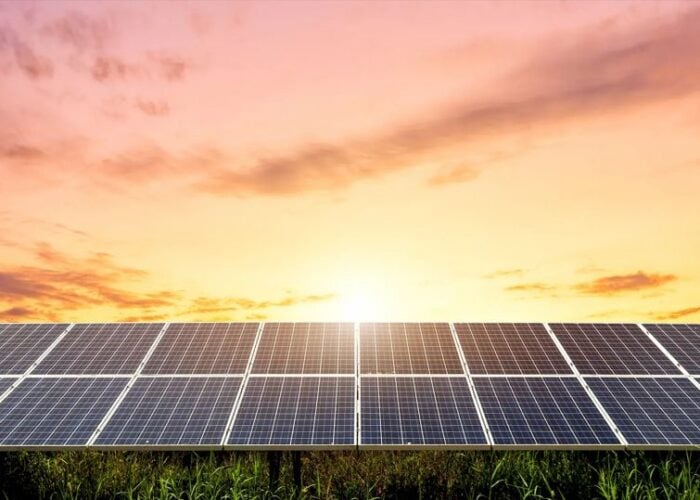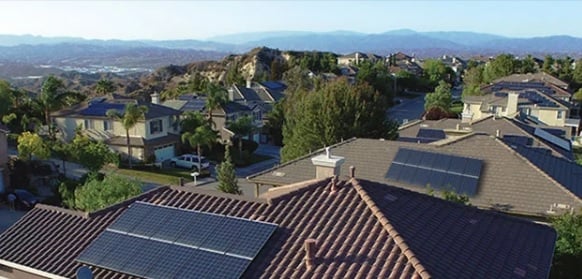
Deploying at least 247GW of rooftop and community solar and 160GW of local energy storage is the most cost-effective way for the US to transition to a clean energy system by 2050, a new report has found.
Those additions would be enough to power more than 25% of US homes, while also saving consumers up to US$473 billion on electricity, the joint study from Sunrun, Vote Solar and the Coalition for Community Solar Access (CCSA) says.
Try Premium for just $1
- Full premium access for the first month at only $1
- Converts to an annual rate after 30 days unless cancelled
- Cancel anytime during the trial period
Premium Benefits
- Expert industry analysis and interviews
- Digital access to PV Tech Power journal
- Exclusive event discounts
Or get the full Premium subscription right away
Or continue reading this article for free
Using a new planning tool developed by Vibrant Clean Energy, the research analyses the benefits associated with bringing the most cost-effective resource mix to the electric grid.
Sunrun chief policy officer Anne Hoskins said the joint report demonstrates the “critical role” distributed energy resources must play in future system planning “to provide efficient, effective and reliable solutions for an ageing grid”.
As well as reducing the need for peaking power plants, the analysis says expanding local solar and storage better manages and reduces demand on the distribution system, while increasing grid resilience.
Additional rooftop and community solar could also unlock the potential of utility-scale PV projects. Retiring fossil plants that run infrequently and deploying local storage more efficiently will help integrate 798GW of utility-scale solar by 2050, the research suggests.
According to Jeff Cramer, CCSA executive director, the US could save hundreds of billions of dollars if President-elect Joe Biden’s clean energy plan includes scaling local solar and storage. “These savings are in addition to the massive societal benefits that come with a grid that's more local and distributed,” he said.
In terms of economic gains, the research says scaling local and storage results in more than 2 million new jobs by 2050 as well as more equitable access to the benefits of renewables.
The report has been recognised the Solar Energy Industries Association, whose vice president of state affairs, Sean Gallagher, said it offers “a window into the importance of adopting advanced modelling tools”. He added: “Deploying vast amounts of solar-plus-storage, at all scales, to decarbonise our electricity system will save customers money, clean our air and literally fuel the American economy.”
Sunrun, Vote Solar and CCSA are now calling on legislators and regulators to ensure local solar and storage is integrated into state energy planning using advanced modelling tools to establish clear policies.

